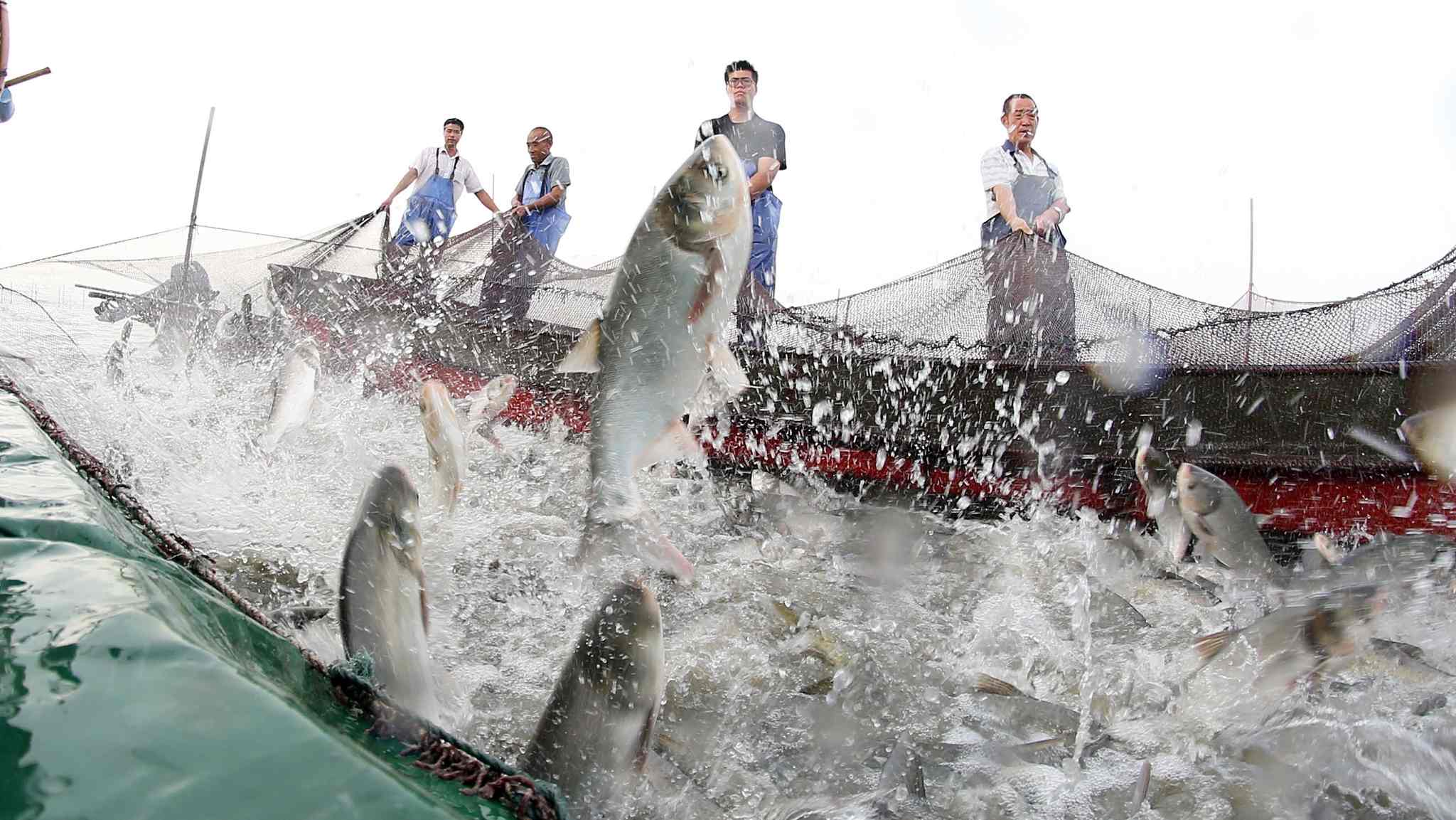
Tech & Sci
14:47, 12-Jul-2018
World's fish consumption unsustainable, UN warns
Updated
13:52, 15-Jul-2018
CGTN

A third of the world’s oceans are overfished, and fish consumption is at an all-time high, raising fears over the sustainability of a key source of protein for millions around the world, the United Nations warned in a report on Monday.
Overfishing is particularly severe in parts of the developing world where many people already struggle to get enough nutritious food to eat, the UN Food and Agriculture Organization (FAO) report said.
“There’s too much pressure on marine resources, and we need significantly more commitments from governments to improve the state of their fisheries,” said Manuel Barange, director of the FAO fisheries and aquaculture department.
“We predict that Africa will have to import fish in the future,” he told the Thomson Reuters Foundation, adding that shortages could lead to higher prices, disproportionately affecting the poor.
Barange said Africa had great potential for aquaculture but needed support in terms of finance, feed, and supply of fish.
Fish farming or aquaculture - the fastest growing agricultural sector for the past 40 years - has been mostly responsible for making more fish available, said the report.
As catches from the open sea continue to dwindle, more countries are turning to fish farms. In Algeria, the government is encouraging farmers in the Sahara desert to grow fish to increase their income and boost fish production.
Critics say it can damage the environment and put disease and invasive species into the wild, but Barange said the solution was to have “proper regulation, legislation and monitoring, and control.”
Traditional fishing nations are also promoting the potential of fisheries to improve nutrition and end hunger.
Globally, the percentage of stocks fished at unsustainable levels increased to 33.1 in 2015, from 31.4 in 2013 and 10 in 1974.
Fish consumption reached an all-time high of 20.2 kg per person from 9 kg in 1961, said the report and further rises are expected as health-conscious consumers turn to fish.
Currently, 3.2 billion people rely on fish for almost 20 percent of their animal protein intake.
Shakuntala Thilsted, research program leader at international nonprofit WorldFish, said reducing losses and waste would go a long way towards making fisheries sustainable, with an estimated 35 percent of catches thrown away.
“Fish heads, fish bones are (the) parts that are most nutritious. Why aren’t we using innovative solutions to turn this into nutritious, palatable food?” she said.
(Cover: Chinese fisher community at Bulao county in eastern China's Changzhou City. /VCG Photo)
Source(s): Reuters

SITEMAP
Copyright © 2018 CGTN. Beijing ICP prepared NO.16065310-3
Copyright © 2018 CGTN. Beijing ICP prepared NO.16065310-3